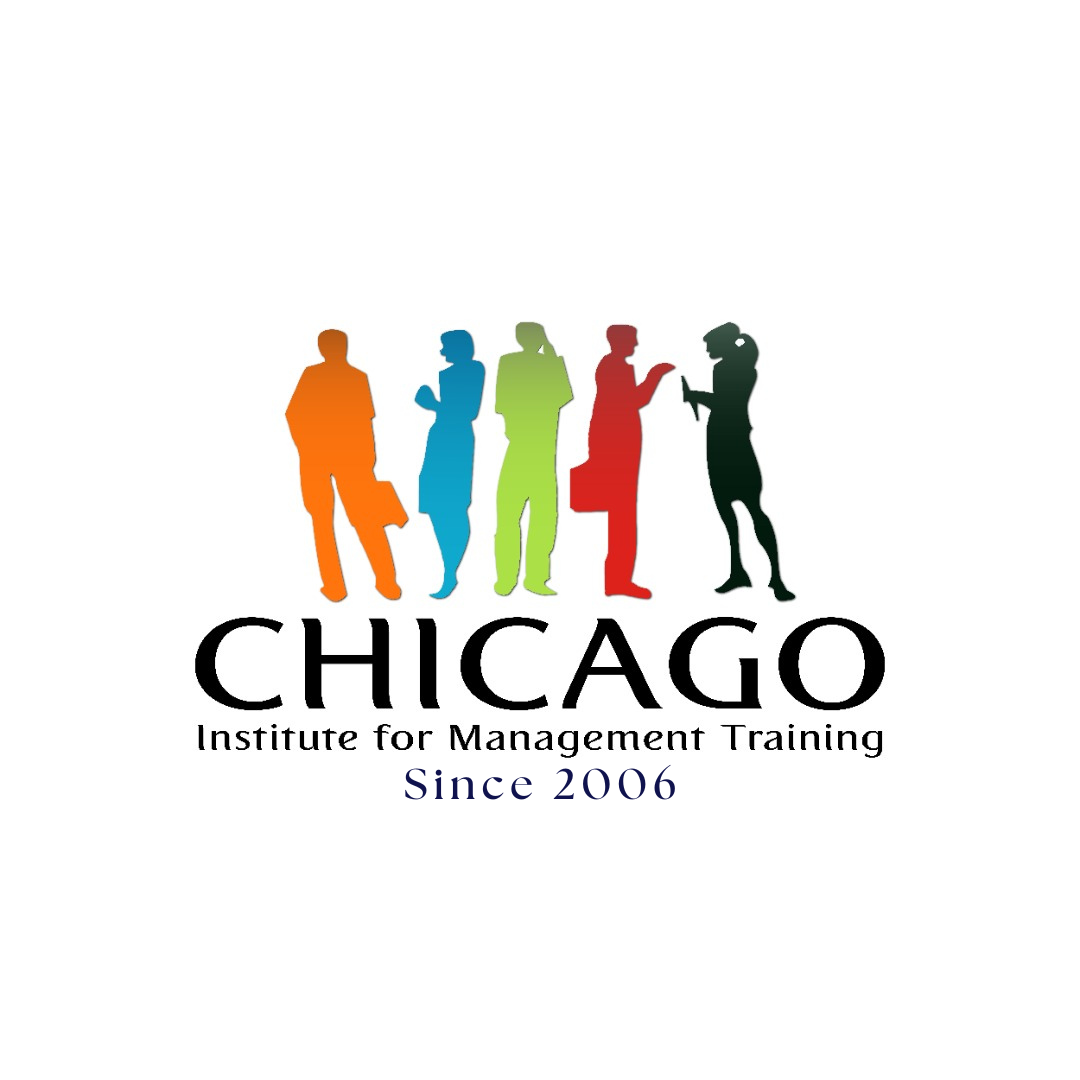- Home
- All Courses
- Healthcare Management
- CCMA® Certified Clinical Medical Assistant
Curriculum
- 7 Sections
- 51 Lessons
- 40 Hours
Expand all sectionsCollapse all sections
- MEDICAL TERMINOLOGY13
- 1.1Introduction to Medical Terminology: Understanding the origins and structure of medical terms.
- 1.2The Musculoskeletal System: Terminology related to bones, muscles, and joints.
- 1.3The Cardiovascular System: Terms and concepts related to heart and blood vessels.
- 1.4The Lymphatic and Immune Systems: Terminology associated with body defense mechanisms.
- 1.5The Respiratory System: Medical terms related to the lungs and breathing.
- 1.6The Digestive System: Understanding terms related to the gastrointestinal tract.
- 1.7The Urinary System: Terminology for kidneys, bladder, and associated structures.
- 1.8The Nervous System: Terms related to the brain, spinal cord, and nerves.
- 1.9The Special Senses (Eyes and Ears): Terminology for vision and hearing.
- 1.10The Integumentary System: Terms associated with the skin, hair, and nails.
- 1.11The Endocrine System: Understanding the hormonal system and related terms.
- 1.12The Reproductive System: Terminology for male and female reproductive organs.
- 1.13Diagnostic Procedures, Nuclear Medicine, and Pharmacology: Overview of terms used in diagnostics and treatments.
- CERTIFIED CLINICAL MEDICAL ASSISTANT15
- 2.1Medical Assisting Foundations: Basic principles and duties of a clinical medical assistant.
- 2.2Professional Behavior: Ethical standards, confidentiality, and professional conduct.
- 2.3Legal and Ethical Issues: Understanding HIPAA and patient rights.
- 2.4The Art of Communicating: Techniques for effective communication with patients and colleagues.
- 2.5Telecommunications and Telephone Techniques: Handling calls professionally in a medical setting.
- 2.6Written Communications: Writing medical reports and patient documentation.
- 2.7Medical Office Environment: Creating and maintaining a safe and organized workspace.
- 2.8Patient Scheduling: Managing appointments and patient flow.
- 2.9Managing Medical Records: Proper handling and updating of patient records, including EHR.
- 2.10Introduction to Health Insurance: Basics of insurance types and claims processes.
- 2.11Medical Coding Overview: Introduction to coding for billing purposes.
- 2.12Patient Accounts and Billing: Managing financial transactions and patient accounts.
- 2.13Insurance Claims and Collections: Processing insurance claims and managing collections.
- 2.14Daily Financial Practices: Routine financial tasks in a medical office.
- 2.15Managing the Office: Administrative tasks and office management skills.
- PHARMACOLOGY AND PATHOPHYSIOLOGY4
- 3.1Pharmacology Basics: Introduction to common medications and their effects.
- 3.2Pathophysiology: Understanding diseases and conditions affecting major body systems.
- 3.3Infection Control and Medical Asepsis: Procedures to prevent infection and maintain sterility.
- 3.4Medical and Surgical Asepsis: Advanced sterilization techniques and procedures.
- CLINICAL PROCEDURES9
- 4.1The Chief Complaint and Patient History: Collecting and recording patient history and main complaints.
- 4.2Body Measurements and Vital Signs: Techniques for measuring and recording vital signs.
- 4.3Preparing for Examinations: Setting up and assisting in physical exams.
- 4.4The Complete Physical Examination (CPE): Conducting and assisting in comprehensive exams.
- 4.5Specialty Examinations and Procedures: Assisting in specialized medical tests and procedures.
- 4.6The Physician’s Office Laboratory (POL): Laboratory testing and specimen handling in-office.
- 4.7Specimen Collection and Processing: Techniques for collecting and processing patient specimens.
- 4.8Introduction to Phlebotomy: Basics of blood collection and handling.
- 4.9Diagnostic Testing: Overview of common diagnostic tests and procedures.
- MINOR OFFICE SURGERIES AND MEDICATION ADMINISTRATION5
- 5.1Minor Office Surgeries: Assisting with minor surgical procedures in a clinical setting.
- 5.2Medication Dosage Calculations: Calculating and preparing medication dosages.
- 5.3Administering Medications: Techniques for safely administering medications, including injections.
- 5.4Emergencies in the Medical Office: Responding to and managing medical emergencies.
- 5.5First Aid Procedures and Mental Health Issues: Basic first aid and addressing mental health concerns.
- REHABILITATION, NUTRITION, AND SPECIAL DIETS3
- CERTIFICATION PREPARATION2
